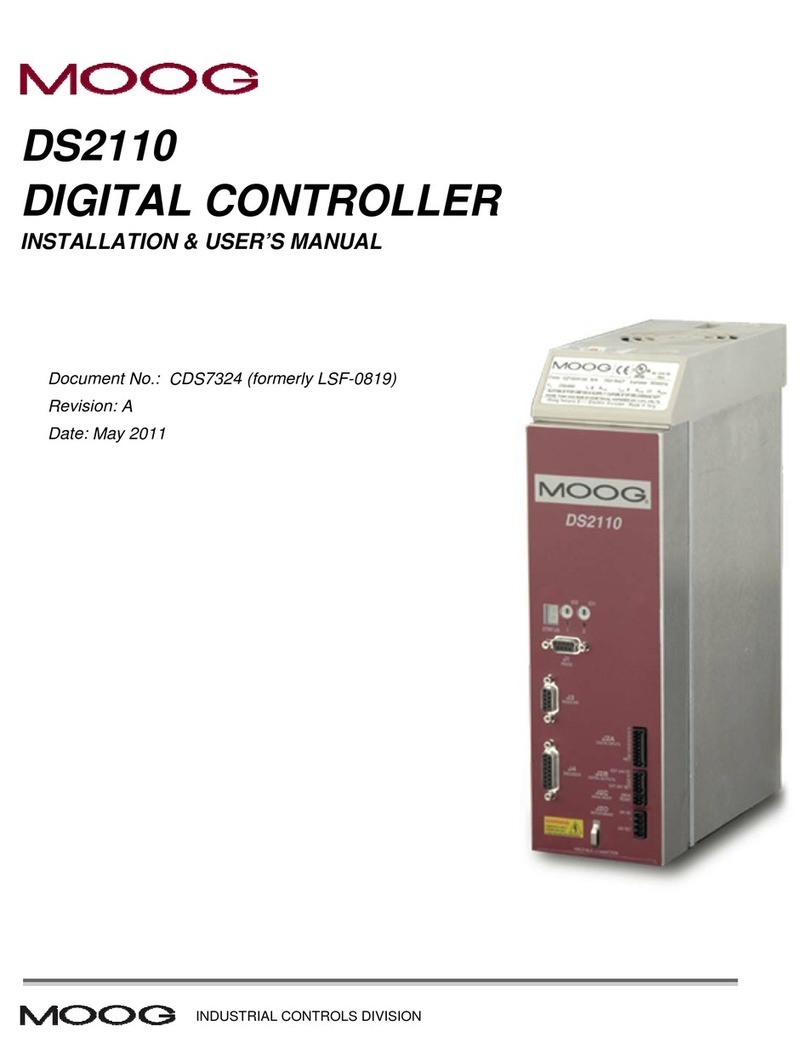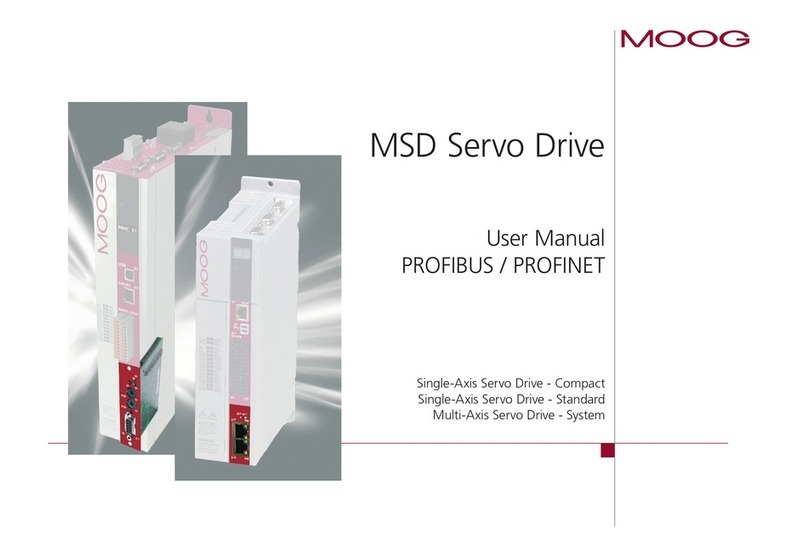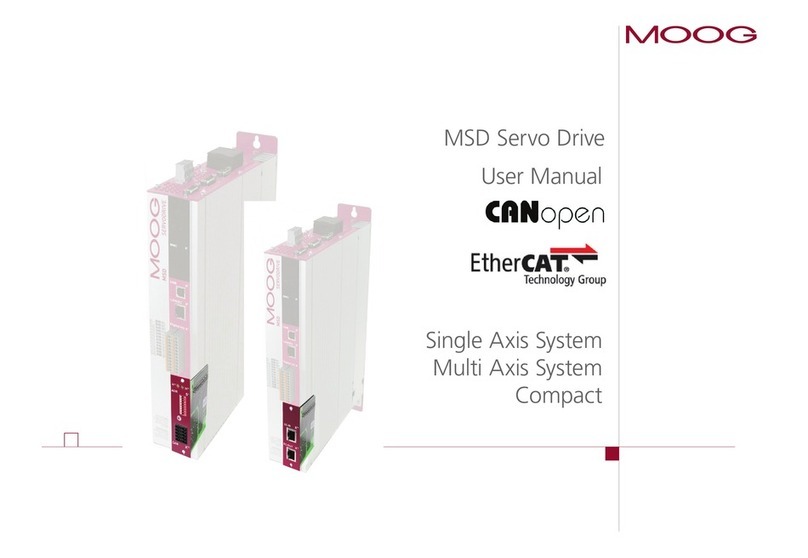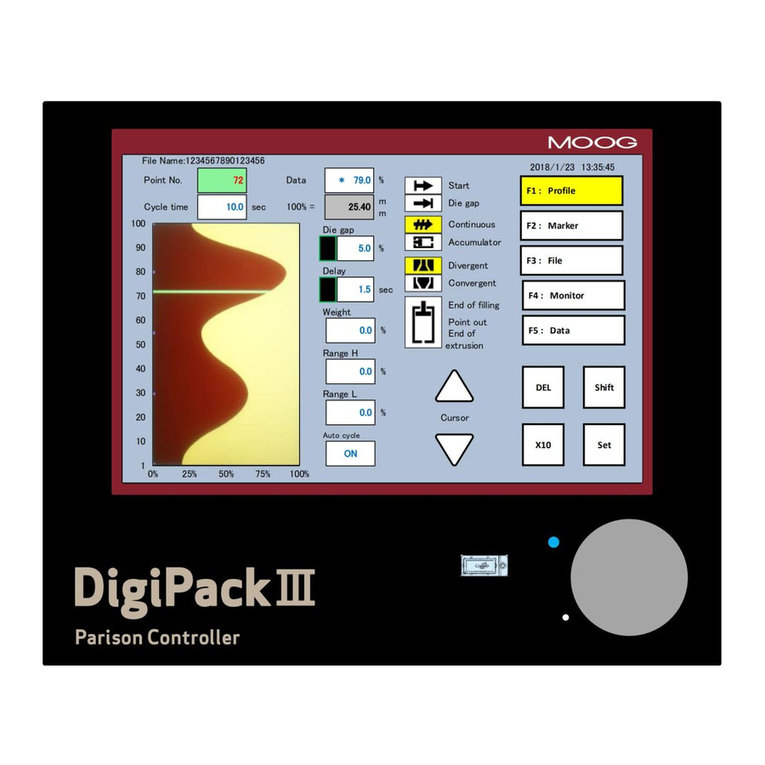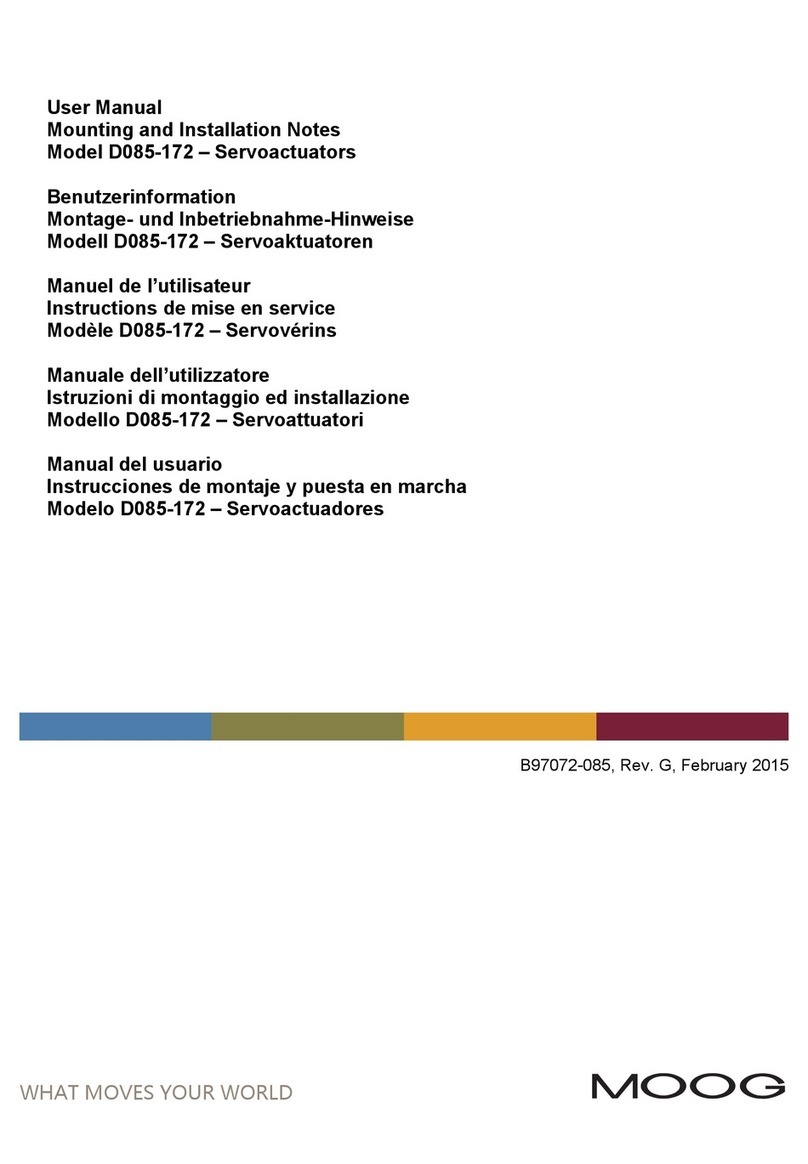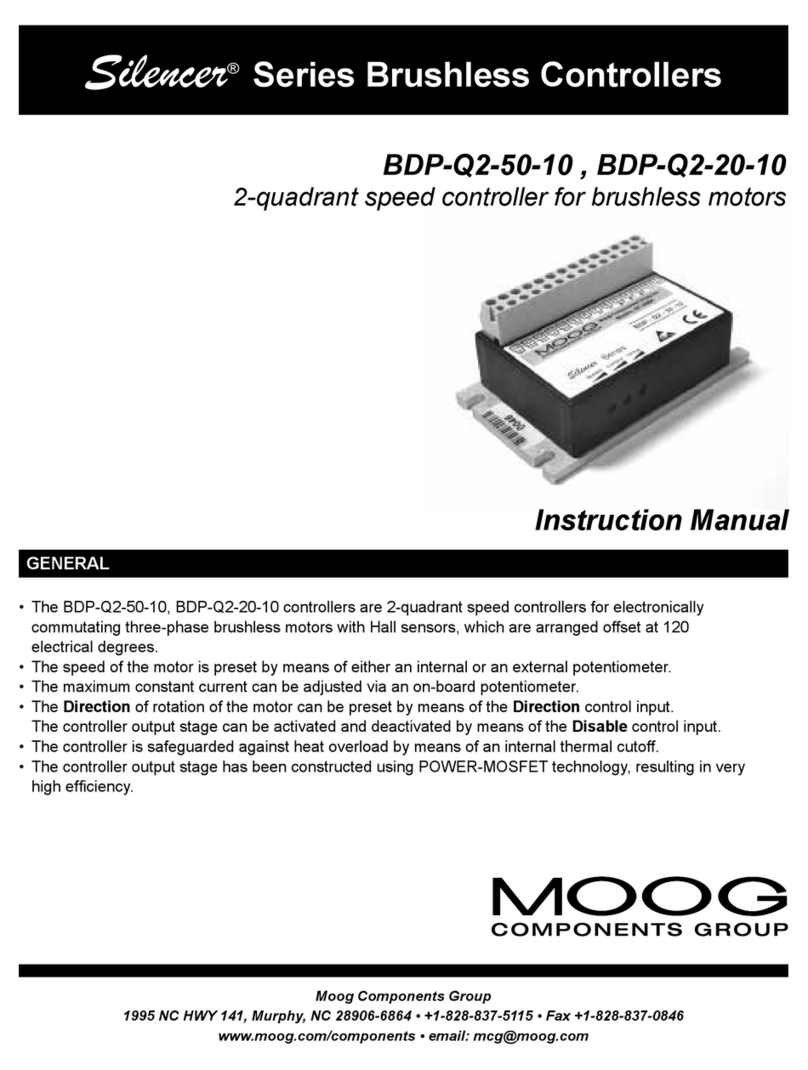
© MOOG 2010
This document is subject to MOOG INTELLECTUALAND PROPRIETARY INFORMATION LEGEND . The details are on page II.
IV MRJ04410
TABLE OF CONTENTS
1. DigiPackⅡ Manual, Installation and Maintenance .............................................................1
1-1. Change from J141-214.............................................................................................1
1-2. INTRODUCTION.........................................................................................................2
1-2-1. GENERAL DESCRIPTION ...................................................................................................2
1-2-2. WHO CAN INSTALL THE DigiPackⅡ ..................................................................................4
1-2-3. INSTALLATION TIME .........................................................................................................5
1-2-4. SOFTWARE UPDATE .........................................................................................................5
1-2-5. BACKUP BATTERY............................................................................................................6
1-2-6. DISPLAY LIMITED INDICATION PROTECTION ...................................................................6
1-3. DigiPackⅡ SPECIFICATION ......................................................................................7
1-4. CHECK LIST ..............................................................................................................8
1-4-1. INSTALLATION CHECK LIST .............................................................................................8
1-5. MECHANICAL INSTALLATION ...................................................................................9
1-5-1. GENERAL ..........................................................................................................................9
1-5-2. TOOLING ADJUSTMENT .................................................................................................10
1-5-3. MOOG DIE GAP TOOLING ACTUATORS..........................................................................11
1-5-4. CYLINDER INSTALLATION ..............................................................................................12
1-5-5. CUSTOMER SUPPLIED CYLINDER REQUIREMENTS ........................................................12
1-5-6. MANIFOLD.......................................................................................................................13
1-5-7. SERVOVALE MOUNTING .................................................................................................13
1-5-8. TOOLING ADJUSTMENT .................................................................................................13
1-5-9. ACCUMULATOR POSITION MEASUREMENT ...................................................................14
1-5-10. INSTALLATION REQUIREMENTS ...................................................................................14
1-5-11. THE IMPORTANCE OF FILTRATION...............................................................................15
1-5-12. FILTER INSTALLATION..................................................................................................15
1-5-13. HYDRAULIC POWER SUPPLY ........................................................................................16
1-5-14. HYDRAULIC POWER SUPPLY START UP INSTRUCTIONS.............................................16
1-5-15. CONTAMINATION CONTROL.........................................................................................17
1-6. ELECTRICAL INSTALLATION...................................................................................18
1-6-1. GENERAL ........................................................................................................................18
1-6-2. TB-1, TB-2 WIRING .........................................................................................................18
1-6-3. COMMUNICATION AND SSI SNSOR WIRING ....................................................................19
1-6-4. TB-2 I/O CIRCUITRY.......................................................................................................25
1-6-5. NOISE AND GROUND ISOLATION....................................................................................26
1-7. TOOLING SYSTEM SETUP.......................................................................................29
1-7-1. GENERAL ........................................................................................................................29
1-7-2. MACHINE SETTINGS (F4+Set) .........................................................................................29
1-7-3. MACHINE SETTING (F4+Set) FUNCTION..........................................................................31
1-7-4. DigiPackⅡ FRONT PANEL ..............................................................................................32
1-7-5. SET UP PROCEDURE ......................................................................................................34
1-7-6. DCDT / SSI SETUP .........................................................................................................35
1-7-7. GAIN SETUP....................................................................................................................38
1-7-8. ACCUMULATOR MACHINE SETUP ..................................................................................39
2. DigiPackⅡ Manual, User...............................................................................................42
